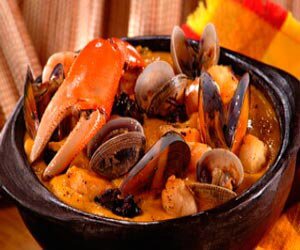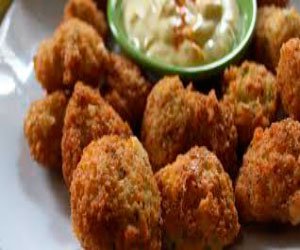ECUADOR
Ecuador...
In
Ecuador we carry the traditions in a spectacular way both religiously,
spiritually and socially, we are well known for being an Andean country,
we could say that we are the center of the world and not only because
they are located geographically Here you can find a little
of everything in the world from people who are originally from the other
side of the world to species that are often only found in one place
because of our great diversity in flora and fauna and, why not, the
people who live in this country of great folklore.
TRADITIONAL CUSTOMS AND TYPICAL FOOD
Here there is
not a typical costume as in other parts because we are a country that as
it was said in the introduction is diverse in ways that many do not
even imagine, an example of this is in the clothing since here first it
is ruled in the region of the country .
Being Costa, Sierra, Amazonia and the jewel in the crown of the Insular region.

Being Costa, Sierra, Amazonia and the jewel in the crown of the Insular region.

Then let's talk about the Costa region:
Home
of a rich culture and tradition, these unique characteristics are also
reflected in their typical clothing, which today remains in force among
some residents. Generally in the coast, the dress is varied and showy, its style
usually changes depending on the province, but always keeping common
features such as colors and ornaments.On the Ecuadorian coast, the dresses are cheerful and alive. Men
often wear white and the woman wears little long dresses of patterned
fabric or plain of very subtle colors with matching necklaces and
earrings. It is also usually fresh clothes, comfortable fabrics by the heat of the region.These typical garments were worn by men and women from each town settled on the Litoral; according
to the history that has passed from generation to generation, the
oldest known suits correspond to the time of the aborigines who were
dedicated to fishing, hunting and growing corn, but they were also
excellent craftsmen able to create these garments which are true gems of the art of clothing.
The most representative here are:
Afro-Ecuadorian clothes
- Women: They wear a kilt and a naked torso or shirt. For parties, they paint their faces and wear necklaces and handles.
- Man: You saw a mob and occasionally pants under it.
Tsáchilas Clothing
- The dress of the Tsáchilas, is simple and light. The
long hair, in addition to the neck is attached to the ribbons that make
it fall towards the front tied and fastened in the front with a safety
pin like a helmet or visor, modeled with achiote, leaving the hair red.
- In
the montubio town (covers the provinces of Manabí, Los Ríos, Guayas and
Santa Elena) they stand out for their hats (cowboy style) and usually
carry machetes, sometimes they wear rubber boots but this element is not
necessarily associated with them.
- In
the part of the south coast (Puerto López, Montecristi and Manta), the
cholo fisherman uses the straw hat and the gathered pants, elements that
help him in his daily work.
- The guayabera remains as a sign of distinction and has come ahead against other fashions. It is distinguished by its festoons side and side, its 22 buttons and 4 pockets, both above and below. It is said that at first, peasant harvesters used it for their large pockets to keep their guayaba shirts, but over time it became a garment -at least in Guayaquil- in current use.
For special occasions, women wear a very elegant suit composed of a
long shirt of white fabric, decorated at the chest with hand-embroidered
figures, taking as a reference floral motifs of different colors.
These anacos are pieces of cloth of rectangular shape that simulates a skirt and it is held with a ribbon called chumbicomo, they are placed one on the other that usually is of bigger size and its color is red.
For their part, the indigenous men in their clothing use simpler things, formed by a hat made of cloth that reveals their long hair woven in a braid as an attribute to their indigenous identity.
His pants are usually white short, accompanied by a simple shirt, almost always white because sometimes their colors vary.
The wool ponchos use it to protect themselves from the inclement weather when there are waves of cold and heat, preferably they are designed in dark blue and white espadrilles.
These anacos are pieces of cloth of rectangular shape that simulates a skirt and it is held with a ribbon called chumbicomo, they are placed one on the other that usually is of bigger size and its color is red.
For their part, the indigenous men in their clothing use simpler things, formed by a hat made of cloth that reveals their long hair woven in a braid as an attribute to their indigenous identity.
His pants are usually white short, accompanied by a simple shirt, almost always white because sometimes their colors vary.
The wool ponchos use it to protect themselves from the inclement weather when there are waves of cold and heat, preferably they are designed in dark blue and white espadrilles.

























Comentarios
Publicar un comentario